Hinoki or sakura wood, lacquer, gold.
Japan.
Late Edo, early Meiji.
h. 7,6 in. ; dia. 20,8 in.
A Late Japanese Edo basin (darai 盥) with ewer, both in lacquered wood decorated, on the outside with kerria japonica flowers (yamabuki ヤマブキ) and leaves, and on the inside with layers of sprinkled gold.
It is to be offered to the newly weds, aristocratic or at least upper class, that these kinds of wash basins were made, and were used to bathe their newborn babies.
Lacquer (urushi 漆), a sap extracted from a tree, the Rhus verniciflua (also known as the lac tree or lacquer tree) has been used in Japan at least since the 6th century. The sap, after excess water was removed by evaporation or by filtration, was usually applied to a surface of cypress wood (hinoki 檜) or cherry wood (sakura 桜).
After, in the second half of the 6th century, foreign techniques of manufacture and decoration, particularly Chinese, penetrated Japan (at the same time as Buddhism, which was also of foreign origin), the Japanese craftsmen of the Heian period (Heian-jidai 平安時代, 794-1185) began to improve some of these techniques, and so developed, slowly, an original decorative technique known as maki-e (蒔絵), that is ‘sprinkled picture’.
Crafting maki-e objects was long and meticulous, through the application of successive layers of lacquer : on the wooden surface, which had already been prepared with some layers of lacquer, the craftsman applied many, many layers of lacquer that were successively sanded off. And it was when applying the last layers of lacquer, before the final polishing, that the decorative elements in metal, usually gold or silver, were inlaid.
The hiramaki-e (平蒔絵), literally ‘flat sprinkled picture’, is the type of Japanese gold lacquered with the finest relief, as opposed to the takamaki-e (高蒔絵), with more volume; more protruding.
The kōdai-ji maki-e (高台寺蒔絵), named after the Kōdai-ji temple in Kyoto, famous for its immense maki-e decoration, is a type of lacquerware that appeared during the Azuchi Momoyama era (安土桃山時代, 1573-1603), It is characterised by a simpler, more refined decoration, in which the traditional historical or literary scenes are replaced, on a still black background, by refined autumnal and gilded leaves and flowers.
Another characteristic of the kōdai-ji maki-e lacquer is the pear skin (nashiji 梨地) decoration : the lacquer, like the skin of the pear, is sprinkled with innumerable irregularly shaped gold flakes. They stand out particularly against the black backgrounds and often look like a starry sky.
The back of our ewer’s lid, and the entire inside of the basin, are decorated with this gold pear skin, nashiji motif.
Due to their very specific and traditional functions, basins of this type are rare in Europe, and were not generally among the objects produced by Japanese craftsmen for sale on the Western market when Japan opened up to the West at the end of the 19th century.
Among the fairly rare basins in European collections (a magnificent 17th-century darai is at the Quai Branly ; a smaller one at the Palazzo Pitti in Florence; another, roughly the same diameter as ours, in Copenhagen), the closest is undoubtedly the one on display, with its ewer, at the Grassi Museum in Leipzig. Equal in height and diameter to ours, but far less richly decorated, it is considered to predate 1878. It dates back, in other words, to the beginning of the Meiji era, and quite likely to the end of the Edo period.
Some wear and scratches, particularly on the feet.
Sources
William Gerard Beasley, The Modern History of Japan, New York, 1963.
The Great Japan Exhibition. Art of the Edo Period. 1600-1868, London, 1982.
Iwao Seiichi, Iyanaga Teizo, and al., Dictionnaire historique du Japon, vol. XIV, Tokyo, 1988.
Joe Earle, dans Japanese Art and Design, London, 2009.
Marie-Josèphe Arrestays, « L’or du Japon : les techniques de décoration des laques japonais », in L’Or du Japon. Laques anciens des collections publiques françaises, Bourg-en-Bresse, 2010.
Gérard Siary, Histoire du Japon. Des origines à nos jours, Paris, 2020.













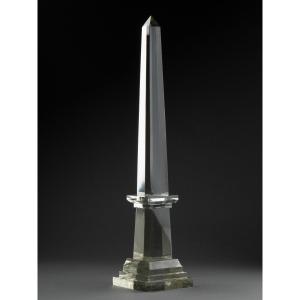

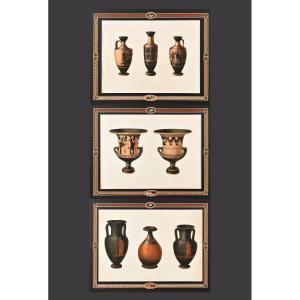









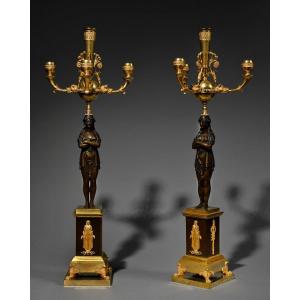

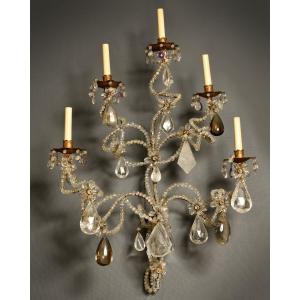


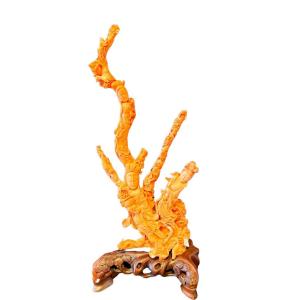
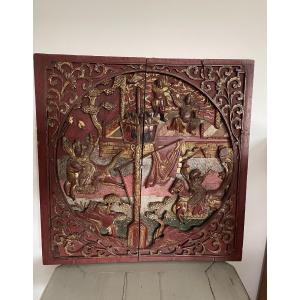
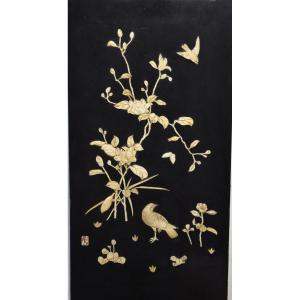



 Le Magazine de PROANTIC
Le Magazine de PROANTIC TRÉSORS Magazine
TRÉSORS Magazine Rivista Artiquariato
Rivista Artiquariato